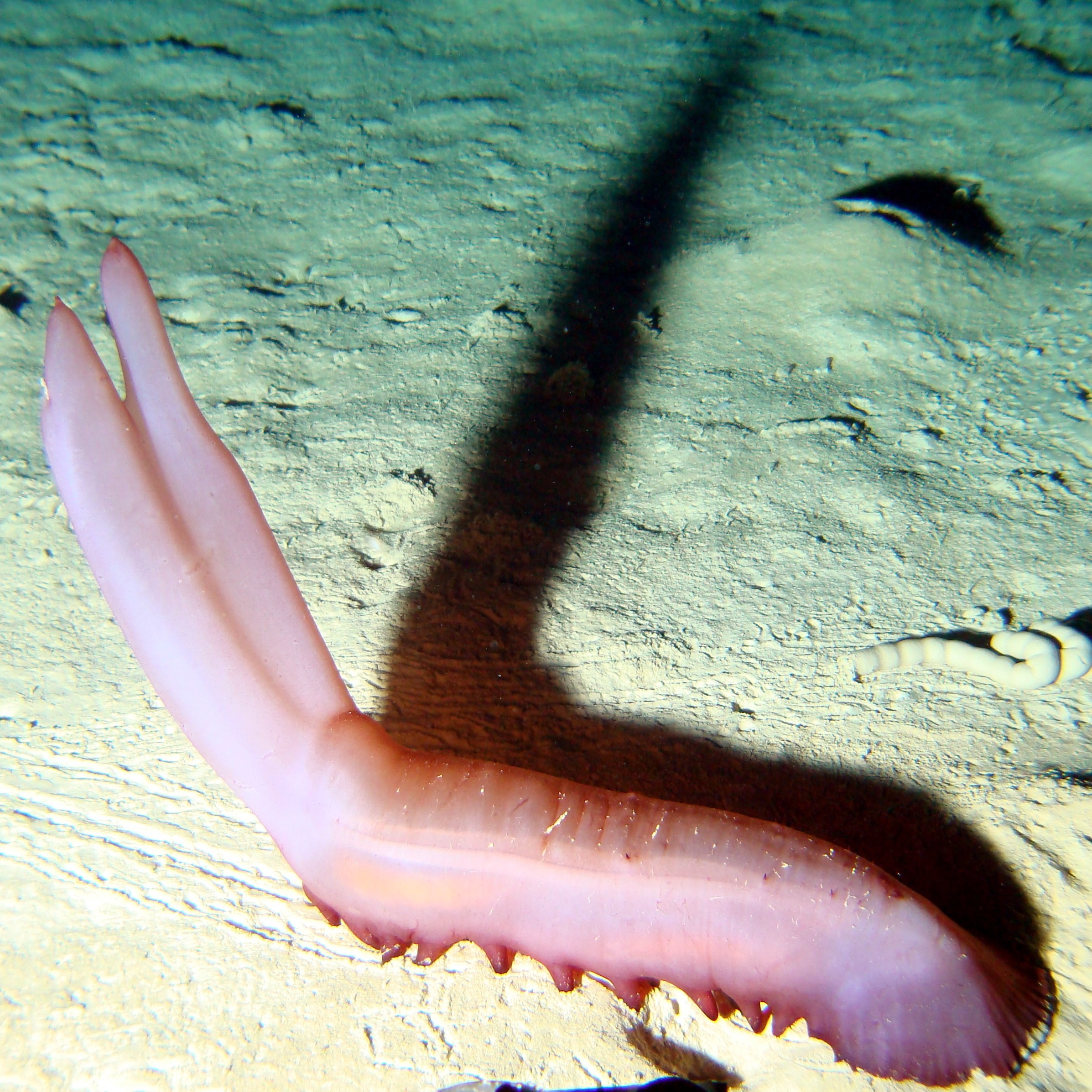Smile, you’re on camera!
By Emma Curtis
This year at PAP, we brought three camera systems along with us to photograph the seafloor. We have two time-lapse camera systems known as Bathysnap, and one towed imaging system we call HyBIS. By photographing the seafloor and what lives there, we can make repeat observations of the same place through time to monitor the health of these systems and detect any change.
Our first camera deployment was one of the Bathysnap systems. This Bathysnap will sit on the bottom of the sea for a couple weeks and we will recover it near the end of our expedition. It will take a photo of the seafloor every ten minutes and we hope it will allow us to gain some insight into organism behaviour at the PAP seafloor. Our last camera deployment will be with the second Bathysnap, that will sit on the seabed for a whole year until it is recovered by us on the next PAP expedition. This Bathysnap will only take photos every four hours to conserve battery life, and we hope it will provide information on the food fall (small particles that sink from the surface all the way down to the seafloor) that arrives to the PAP seafloor throughout the year and how the organisms that live there process it.

The HyBIS towed camera system will stay connected to the ship throughout its deployments and will go out on surveys several times throughout this expedition. We use HyBIS to conduct spatial surveys at PAP, counting how many and what type of organisms we see during each dive with a downward facing camera that takes photos every five or so seconds as the ship and HyBIS moves at a steady pace of 0.3 knots (thanks to the ship’s captain and crew!). We can compare these records to previous years with HyBIS surveys and explore any change in the larger sized seafloor community here at PAP over time. I think this is one of the most exciting seafloor activities we do here at PAP, as the dive is live streamed back to the ship through the downward facing camera and a forward facing camera that the trusty technicians use to ensure the HyBIS stays at a reasonable height above the seafloor.
Why do we care about how high HyBIS is off the seabed? The height our camera is above the seabed and the lighting set up we use can make a huge difference in the quality of our photos – we want to be able to reliably spot and identify the organisms throughout HyBIS’s dive. Conversely, we don’t want the HyBIS too close to the seafloor in case we disturb, or worse, crash into it! The best height we’ve found for taking seafloor photos here at PAP using HyBIS is around 2 m above the seafloor. During the dives, we get to see all the wonderful creatures that live thousands of meters deep here at PAP (around 4850 m to be more specific!). Even some of the day team sometimes can’t help themselves but stay up just to marvel at all the organisms and their surprising shapes and colours that come into HyBIS’s view as it flies above the seabed. I know I can’t wait to see what pops up this year!